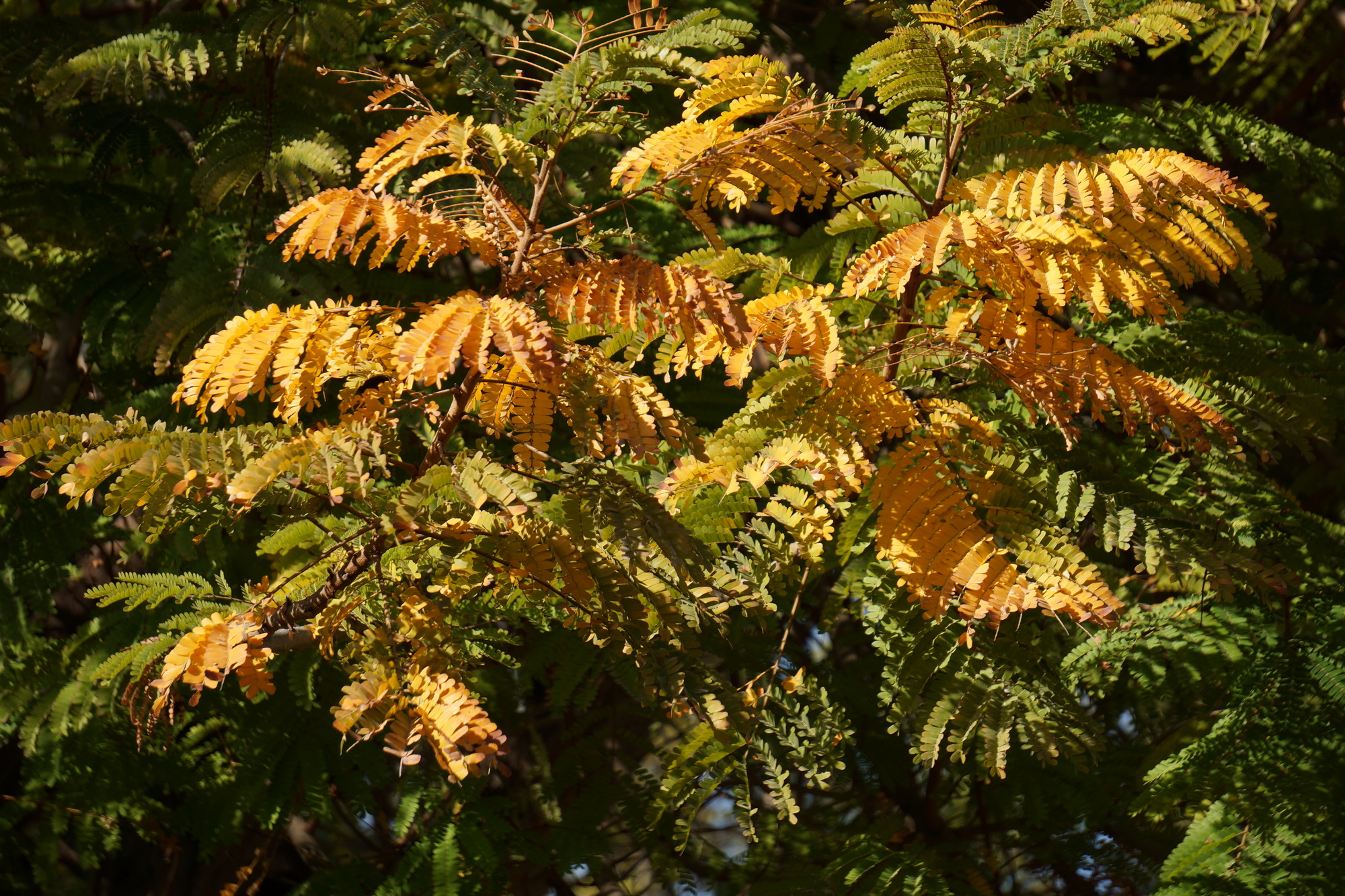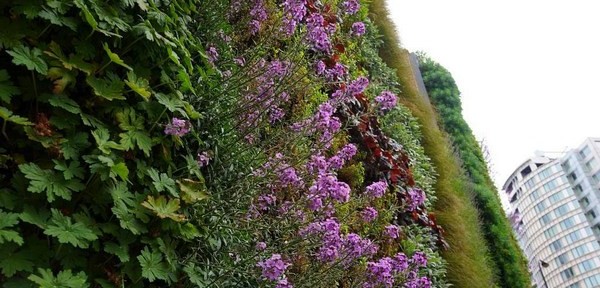There is something incredibly exciting about living walls. Stacking green plants on the vertical plane on buildings, where you’d think they just should not be, goes against the odds. Yet nowadays they are almost commonplace, and most people have encountered one somewhere. They cling to life with extraordinary tenacity, usually in a growing medium only a few centimeters thick, with water fed via irrigation pipes. Cynics may criticize and some walls are without doubt better designed and maintained, or use a better system than others, but we should applaud this urban green trend, and encourage it. We need it. Modern systems are reliable and use very little water or energy to run.
As a global society we are going through unprecedented changes; now more than 50% of the world’s population is urbanised and this will grow to 75-80% by 2050. Most of those people are essentially disconnected from Nature. It is now recognised that we have an innate need, called biophilia, to maintain our relationship with Nature. Not surprising really, when you think how we have evolved, yet the psychological and physical cut-off, over the last 100 years, has been astonishing. This can only become more pronounced as cities continue to swell, and highly-stressed people produce dysfunctional societies. If we can green our urban streets then perhaps we can counter this negative effect. Green walls take up almost no footprint in the urban landscape, not even a pavement width. All that is needed is a supporting wall and we have plenty of those. Trees are beautiful and add huge amounts of biophilic interaction into a citiscape, but we find them increasingly difficult to site, due to underground services and growing space needed. Those of you who read my blog will know that I also consult on trees, so I love them dearly, but I see living walls as having a different role to play and as being more versatile.
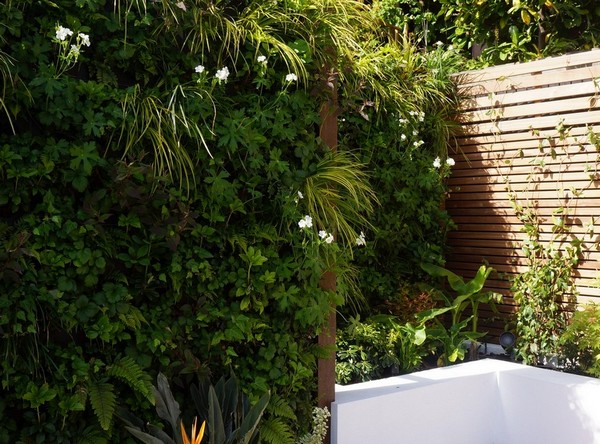
Living walls have physical benefits on the environment too. They provide a haven and food source for insects, especially bees. Birds find seeds, berries and of course, insects on the wall and smaller birds are known to nest amongst the foliage. Living walls are also helpful in mitigation of air pollution; I was involved with designing and plant selection for a wall put up by Transport for London (top picture) to test the ability of plants to capture pm10 – airborne particulates, primarily from diesel engines. Whilst we need to remove the source of these pollutants, capturing them is a good secondary strategy. It turns out that walls in a street canyon (where the building height is greater than the street width) cause the air to move in a cyclical manner, so air passes through the foliage of a living wall several times. Trees can do this, but dense canopies can actually trap particulates down at street level, concentrating them where people are. Most trees also are deciduous, so have no such benefits in the winter months.
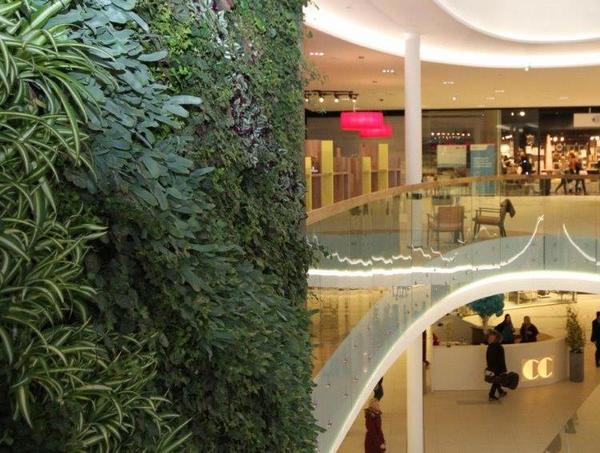
We can bring living walls into the interior, and in fact in hostile climates, that’s where you’ll find most of them. Whilst I have designed outdoor walls in climates as diverse as Dubai, Norway (Trondheim, 62° latitude) and Chicago, in such places it is often easier to put your dose of biophilia indoors! We spend 80-90% of our time inside, so this makes sense. Such walls also clean the air. Much quoted studies by NASA have shown that a range of common houseplants (which are basically plants of a sub-tropical origin) are efficient at removing Volatile Organic Compounds VOCs, such as formaldehyde) from the air. These can be found in concentrations far higher than outdoors, due to the nature of air recirculation and energy conservation. So we bring the jungle indoors, where we live and work.
Walls have the most drama when they are large, but they don’t have to be. Small walls in intimate spaces still have a large impact. This can be a home, courtyard, rooftop or office reception. Small is beautiful.
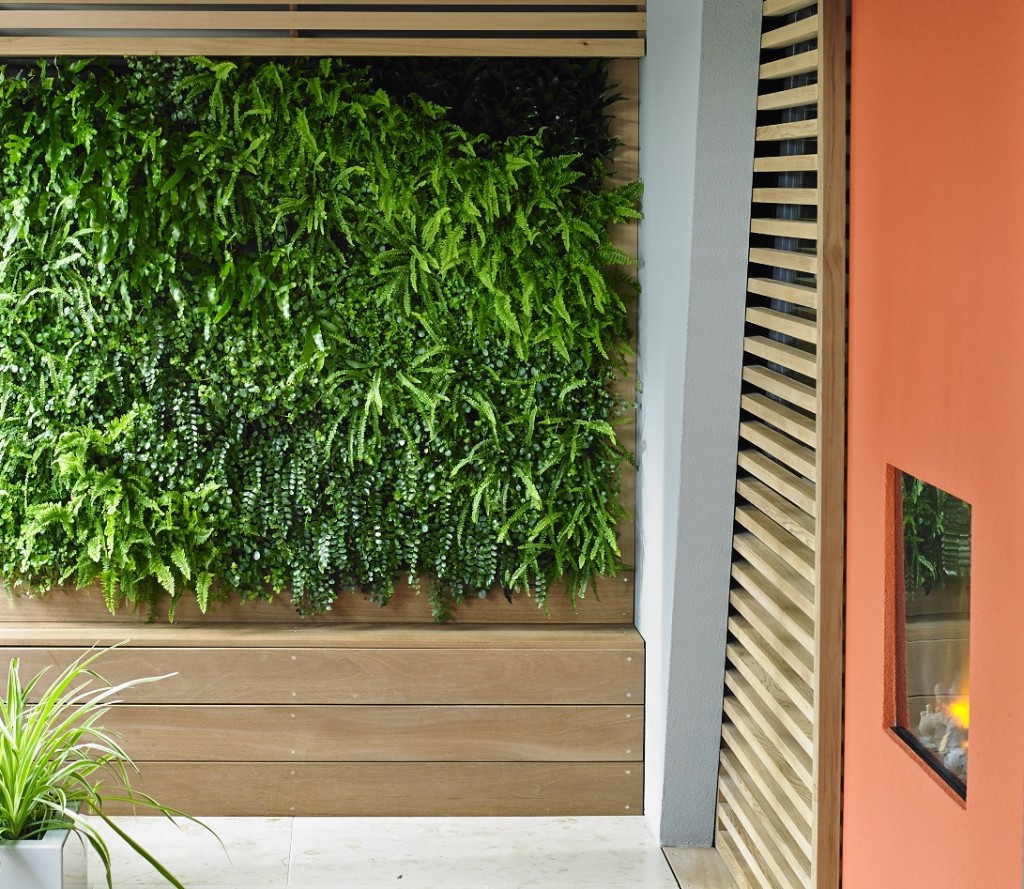
Having worked extensively with living walls over the last decade, I now consult, design and install them worldwide via my company Vertology Living Walls, and its approved partners. Grab yourself some biophilia – install a living wall!
